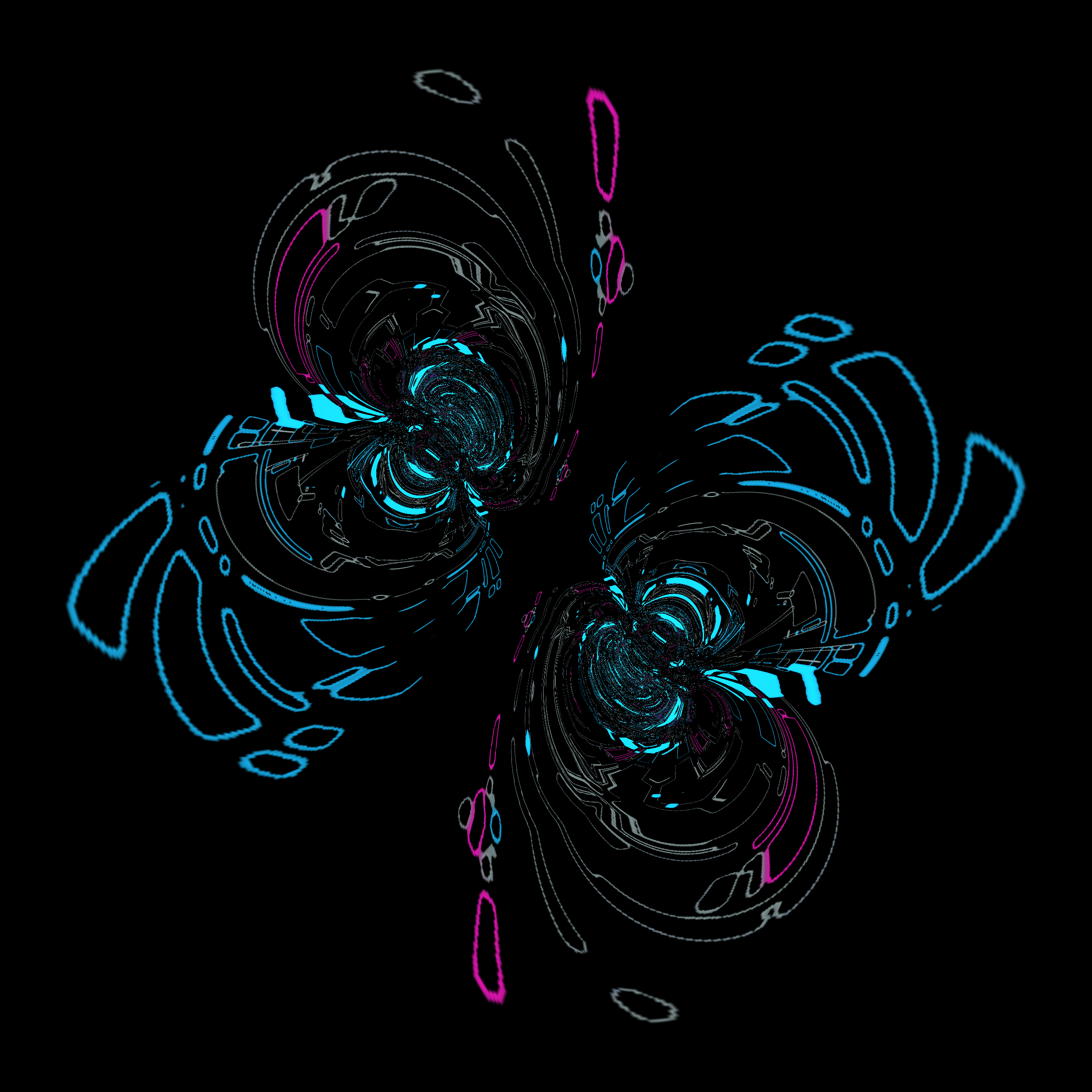Yeah, the four color problem becomes obvious to the brain if you try to place five territories on a plane (or a sphere) that are all adjacent to each other.
I think one of the earliest attempts at the 4 color problem proved exactly that (that C5 graph cannot be planar). Search engines are failing me in finding the source on this though.
But any way, that result is not sufficient to proof the 4-color theorem. A graph doesn’t need to have a C5 subgraph to make it impossible to 4-color. Think of two C4 graphs. Choose one vertex from each- call them A and B. Connect A and B together. Now make a new vertex called C and connect C to every vertex except A and B. The result should be a C5-free graph that cannot be 4-colored.











If you rotate the hinge to angle X above the horizon, light coming in from an altitude angle of 2X (=zenith angle of 90deg-2X) will get reflected to into horizontal rays inside the tube.
So you don’t need a mount with adjustable altitude angle - the hinge accomplishes that.